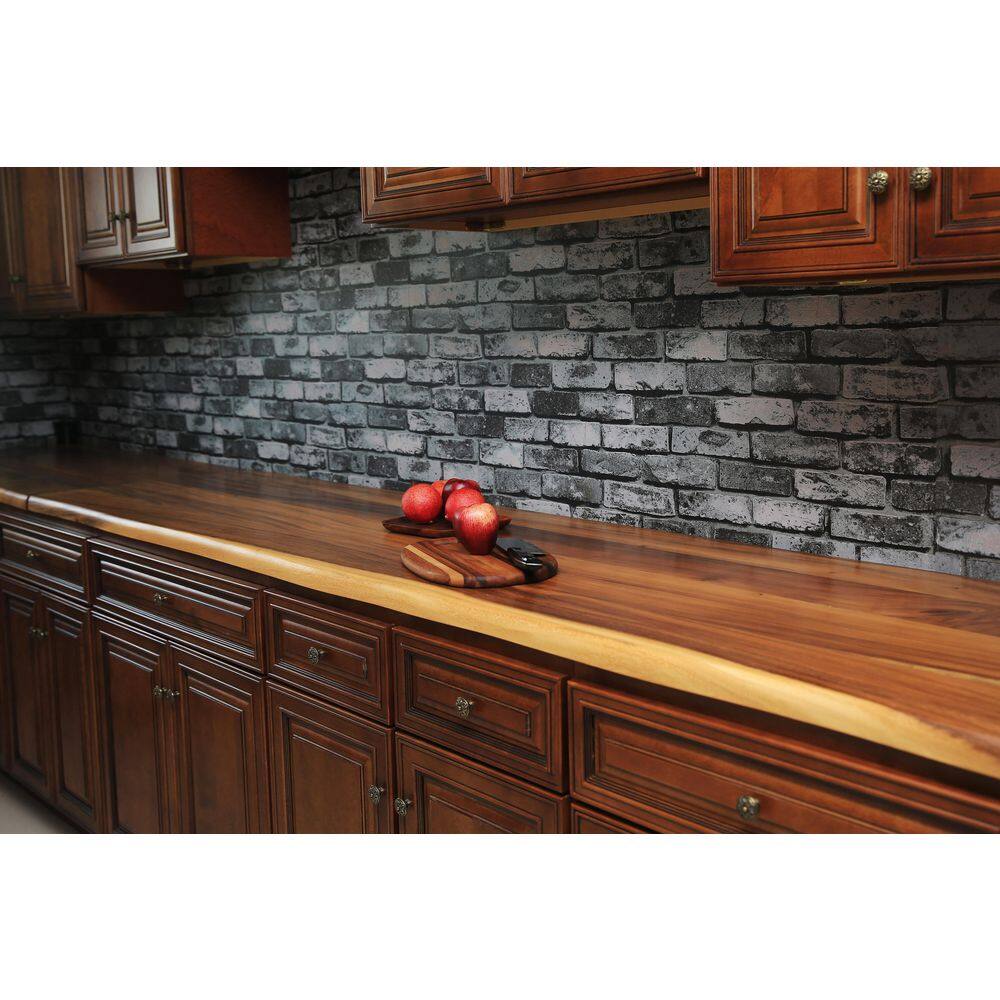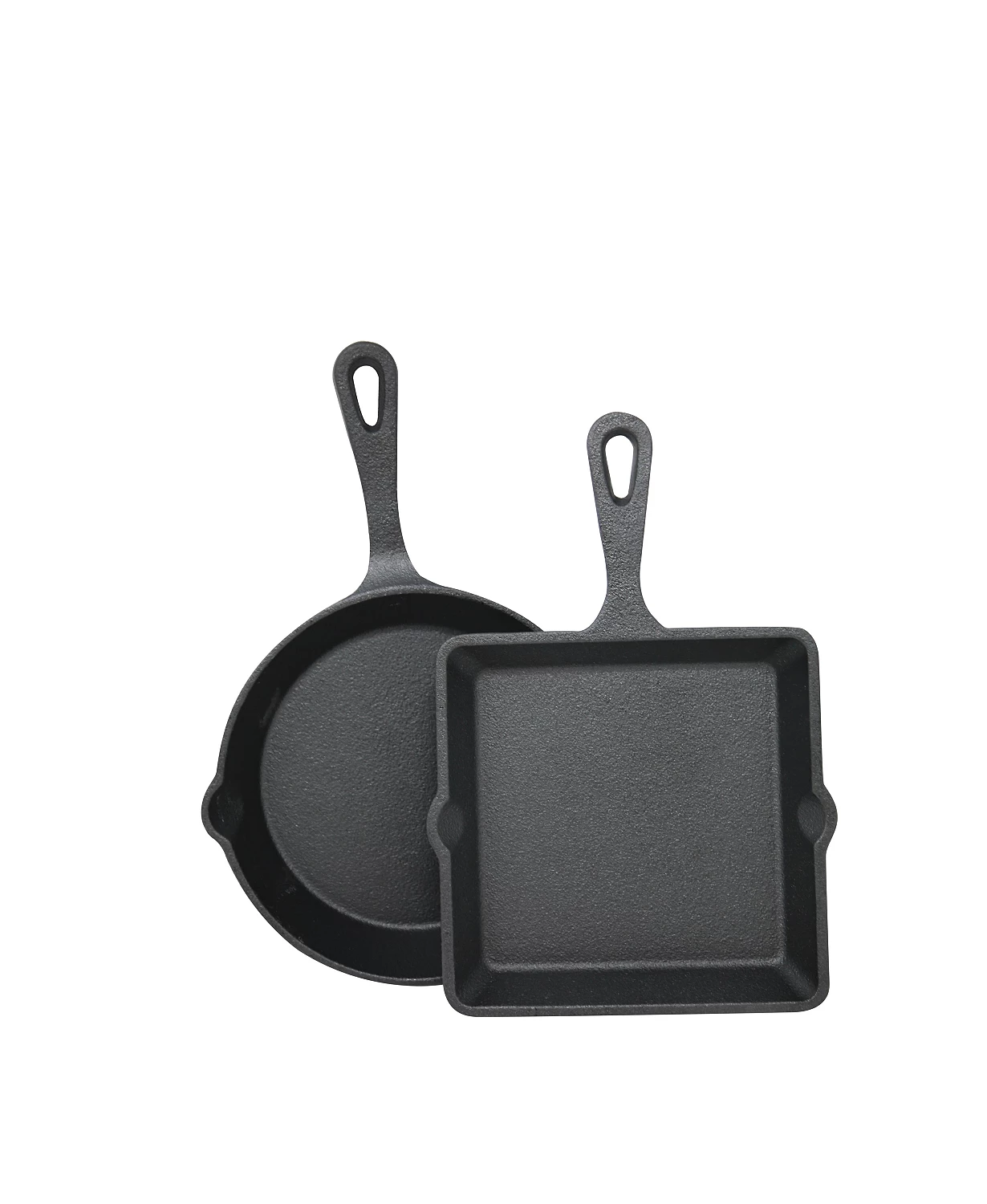Hampton Bay 10 ft. L x 25 in. D Finished Saman Solid Wood Butcher Block Countertop With Live Edge
Dimensions: 122 in. L x 25 in. D x 1.5 in. T. Solid saman countertop offers deep, rich color. UV-finished butcher block offers fade-free performance.
https://images.thdstatic.com/productImages/546fd2ca-26ec-4a58-8f0d-14b904c6906d/svn/stain-coated-hampton-bay-butcher-block-countertops-saman-10ft-64_100.jpg
- Saman countertop measures 122 in. L x 25 in. D x 1.5 in. T
- Solid saman wood offers timeless appeal
- Saman countertop features a protective UV finish
- Live edge delivers a natural, organic look
- Each butcher block is unique and product may vary slightly in color or grain
- Saman
- Butcher block
- Countertop
Additional information
| Approximate Product Length (ft.) | 10 ft. |
|---|---|
| Product Depth (in.) | 25 in. |
| Product Length (in.) | 122 in. |
| Product Thickness (in.) | 1.5 in. |






by Mike
Awesome piece of wood.
by Nida
Used it as the top for a movable kitchen island. Came out great!
by Lisa
Great product, real wood nicely made.
by Steve
Gorgeous natural finish that is easy to blend on cut and sanded sections.